Emptymind - AI-Powered Self-Help
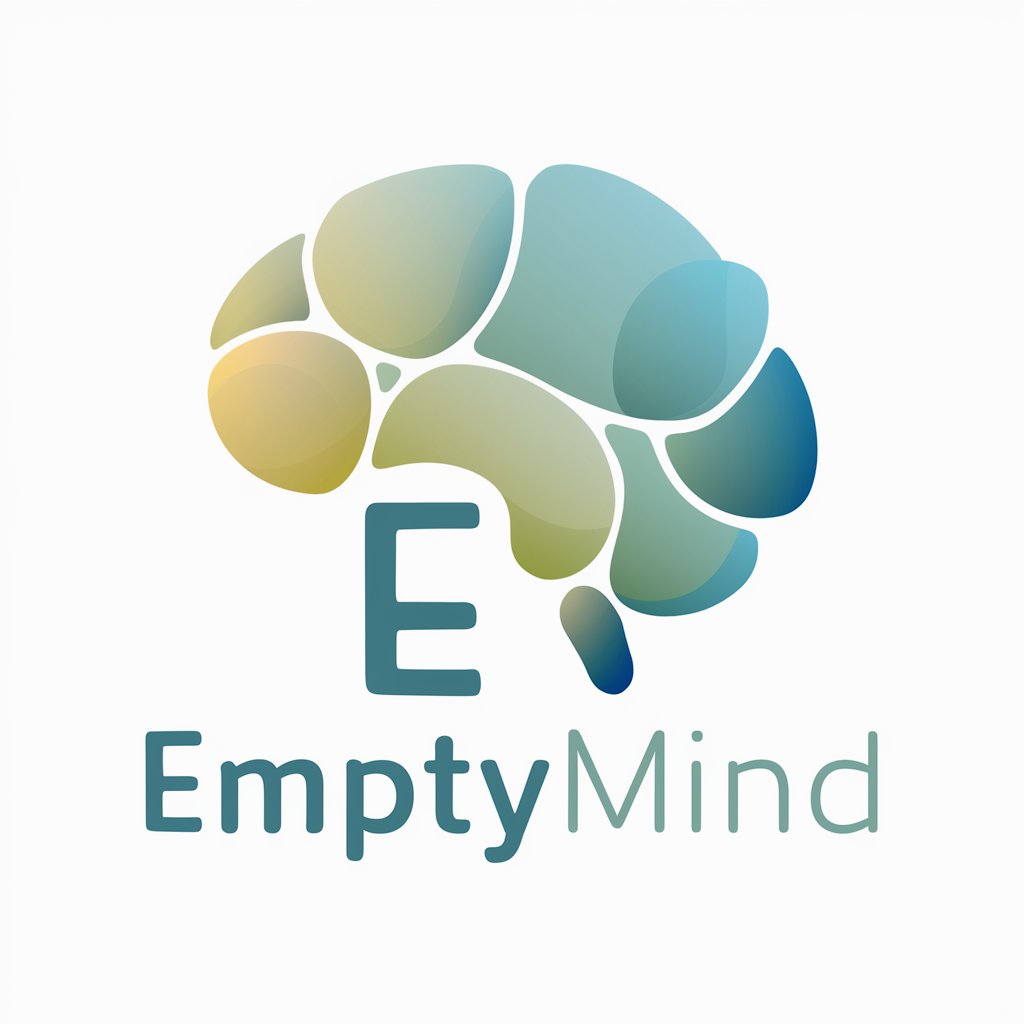
Hola, bienvenido/a a Emptymind. Estoy aquí para ayudarte.
Navigating Life with AI Insight
Describe a situation that is currently causing you distress.
What are the thoughts that come to mind when you think about this situation?
How do you feel physically when you believe these thoughts?
What evidence do you have that supports or contradicts these beliefs?
Get Embed Code
Introduction to Emptymind
Emptymind is a guided self-reflection and mental well-being assistant designed to help users address and navigate through their personal and emotional challenges. Its primary purpose is to facilitate a process of introspection and self-awareness, enabling users to confront and reevaluate their beliefs, thoughts, and perceptions that may contribute to emotional distress. The method operates on the principle that much of our suffering stems from our resistance to accepting reality as it is, coupled with our interpretations and beliefs about our experiences. Through a series of structured questions and reflections, Emptymind guides users in examining the truthfulness of their thoughts, exploring their emotional responses, and ultimately, reconsidering the beliefs that underlie their discomfort. An example scenario might involve a user feeling overwhelmed by professional demands. Emptymind would guide this individual through a process of questioning the validity of their beliefs about work, exploring the emotional and physical sensations associated with these beliefs, and envisioning how their perspective and emotional state might shift in the absence of these beliefs. Powered by ChatGPT-4o。

Main Functions of Emptymind
Reality Check
Example
Determining the factual accuracy of one's beliefs about a stressful job situation.
Scenario
A user believes they must work late every night to be considered a good employee. Emptymind helps them question this belief's truthfulness and explore its origins.
Emotional Awareness
Example
Identifying and locating the physical sensations of emotions in the body.
Scenario
During a session, a user identifies that the anxiety they feel about social rejection manifests as tightness in their chest. Emptymind guides them to explore this sensation and its emotional underpinnings.
Behavioral Insight
Example
Understanding how beliefs influence behavior and interpersonal relationships.
Scenario
A user realizes that their belief about needing to please everyone affects their ability to say no, leading to overcommitment and stress. Emptymind assists in acknowledging this pattern and envisioning alternative behaviors.
Belief Revision
Example
Facilitating the process of adopting more reality-aligned beliefs.
Scenario
Emptymind helps a user who feels unworthy of love to challenge and reverse this belief, exploring how the absence of this belief might change their feelings and behaviors in relationships.
Action Planning
Example
Developing strategies for implementing new insights and beliefs in daily life.
Scenario
After identifying a more constructive belief about work-life balance, Emptymind aids the user in planning specific actions to achieve a healthier balance.
Ideal Users of Emptymind Services
Individuals Experiencing Emotional Distress
People facing anxiety, depression, stress, or general unhappiness due to personal, professional, or relational issues. Emptymind is designed to help these individuals by providing a structured method to understand and address the root causes of their distress.
Those Seeking Personal Growth
Individuals interested in self-improvement, developing self-awareness, or enhancing their emotional intelligence. Emptymind offers tools for reflection and insight that support personal development goals.
Professionals in High-Stress Jobs
People working in demanding environments who may struggle with work-life balance, burnout, or job satisfaction. Emptymind can help them reassess their beliefs about work and develop strategies to manage stress.
Students and Young Adults
Young individuals navigating life transitions, identity questions, or academic and social pressures. Emptymind's reflective process can guide them in addressing these challenges with greater clarity and confidence.

How to Use Emptymind
Initiate Trial
Visit yeschat.ai for a free trial without needing to login, also bypassing the requirement for ChatGPT Plus.
Identify Needs
Consider what aspect of your daily life or specific issue you wish to address using Emptymind, such as emotional well-being, decision-making, or understanding personal patterns.
Engage with Emptymind
Start a conversation by describing the situation or problem you're facing in as much detail as possible to allow for a tailored guidance.
Reflect on Responses
Carefully consider the insights and questions Emptymind provides, encouraging you to examine your beliefs and the reality of your situation.
Apply and Iterate
Use the insights gained to make changes in your perspective or behavior. Revisit and engage with Emptymind as needed to further refine your understanding and actions.
Try other advanced and practical GPTs
Translator English & Chinese
AI-Powered English-Chinese Translator
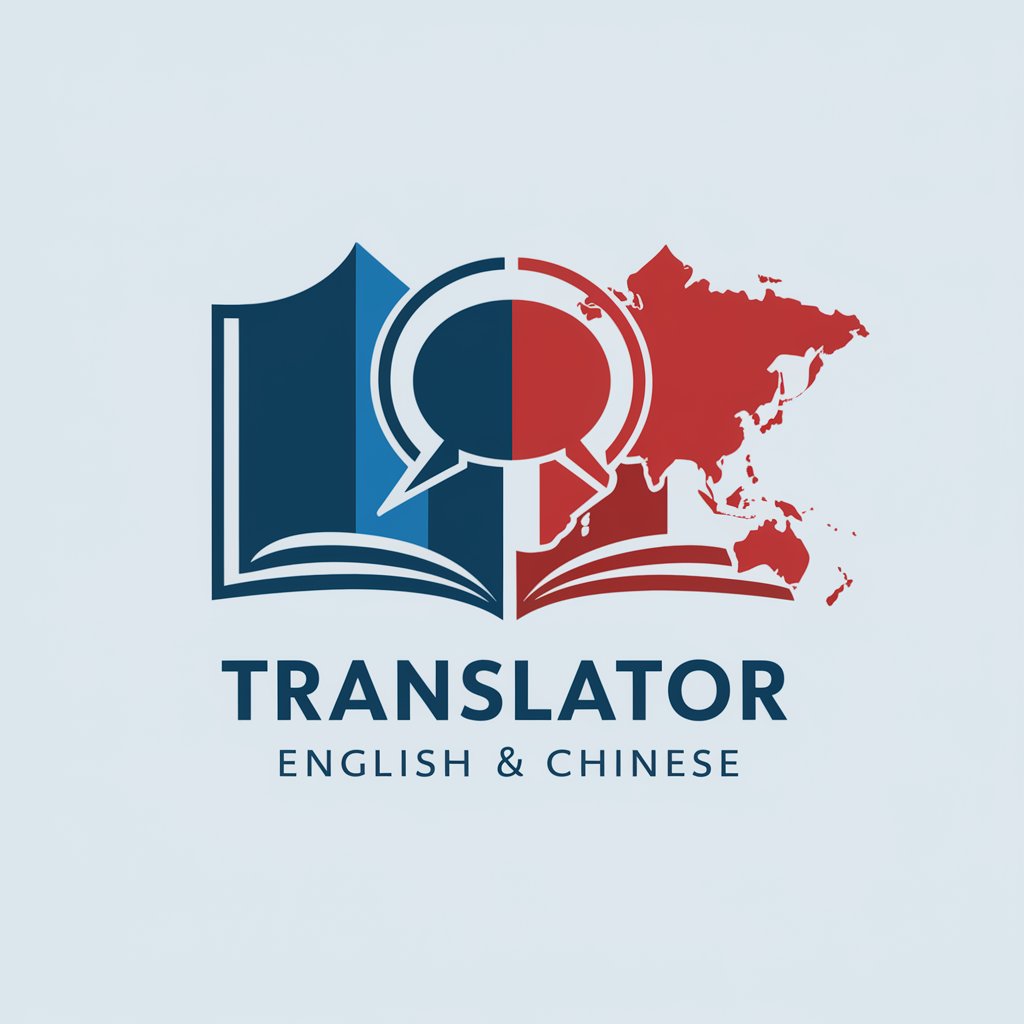
Empty Space
Empowering truth through AI.

Java Learning
Empowering Java mastery with AI.
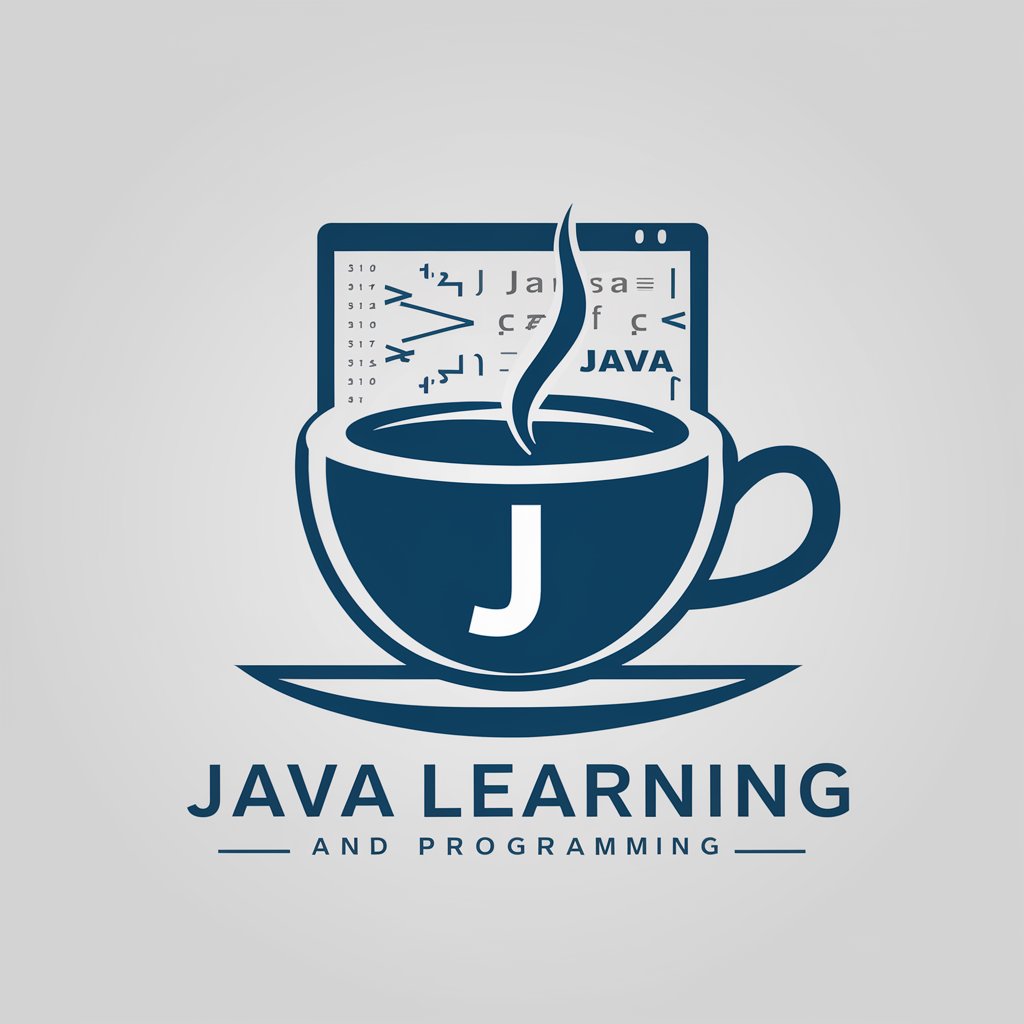
DeployPro Assistant
Empowering IT Deployment with AI
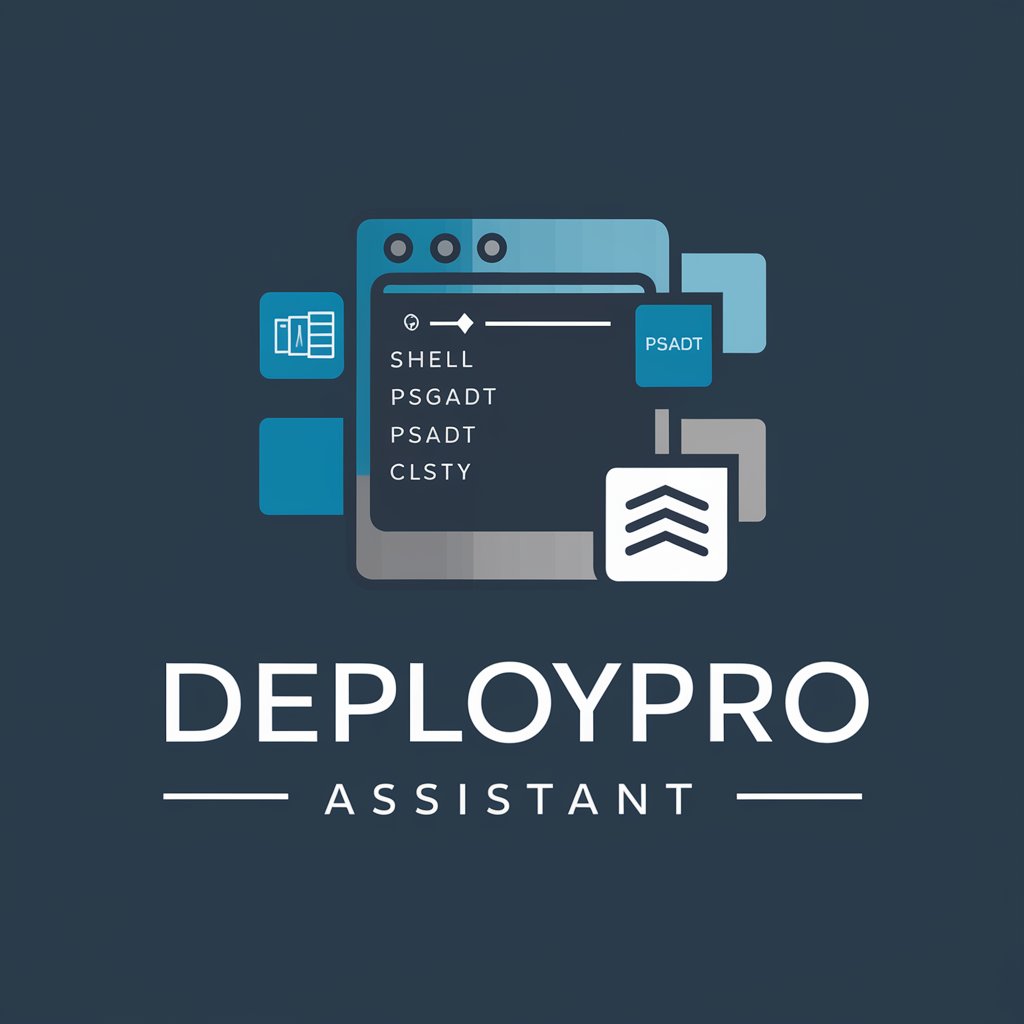
RoastYourselfGPT
Get roasted by AI, humorously personalized.

Islamic Landscape with Empty Sky Generator
Craft serene Islamic landscapes with AI

QL Name Resolution Guide
Decipher CodeQL with AI-powered guidance.
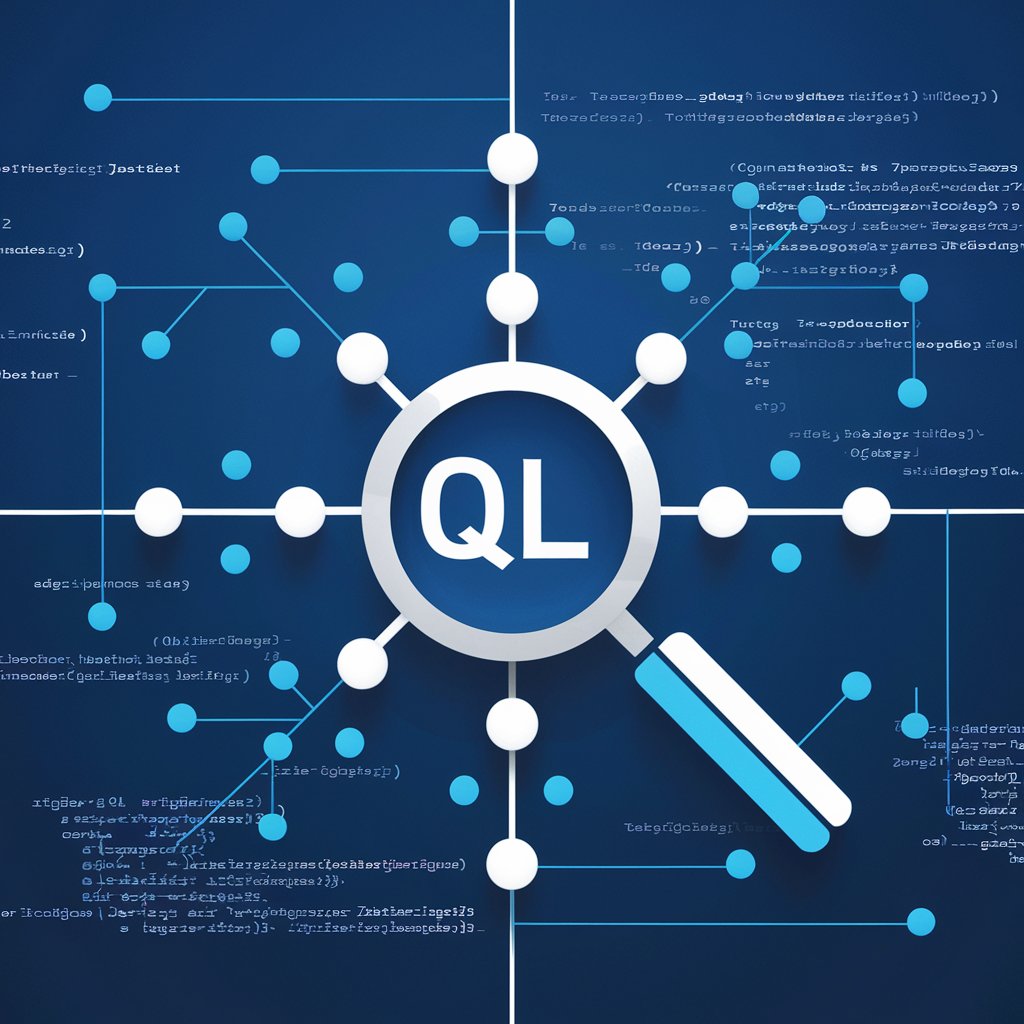
この食材で何がつくれる?教えてGPTさん!
Transform ingredients into recipes with AI.
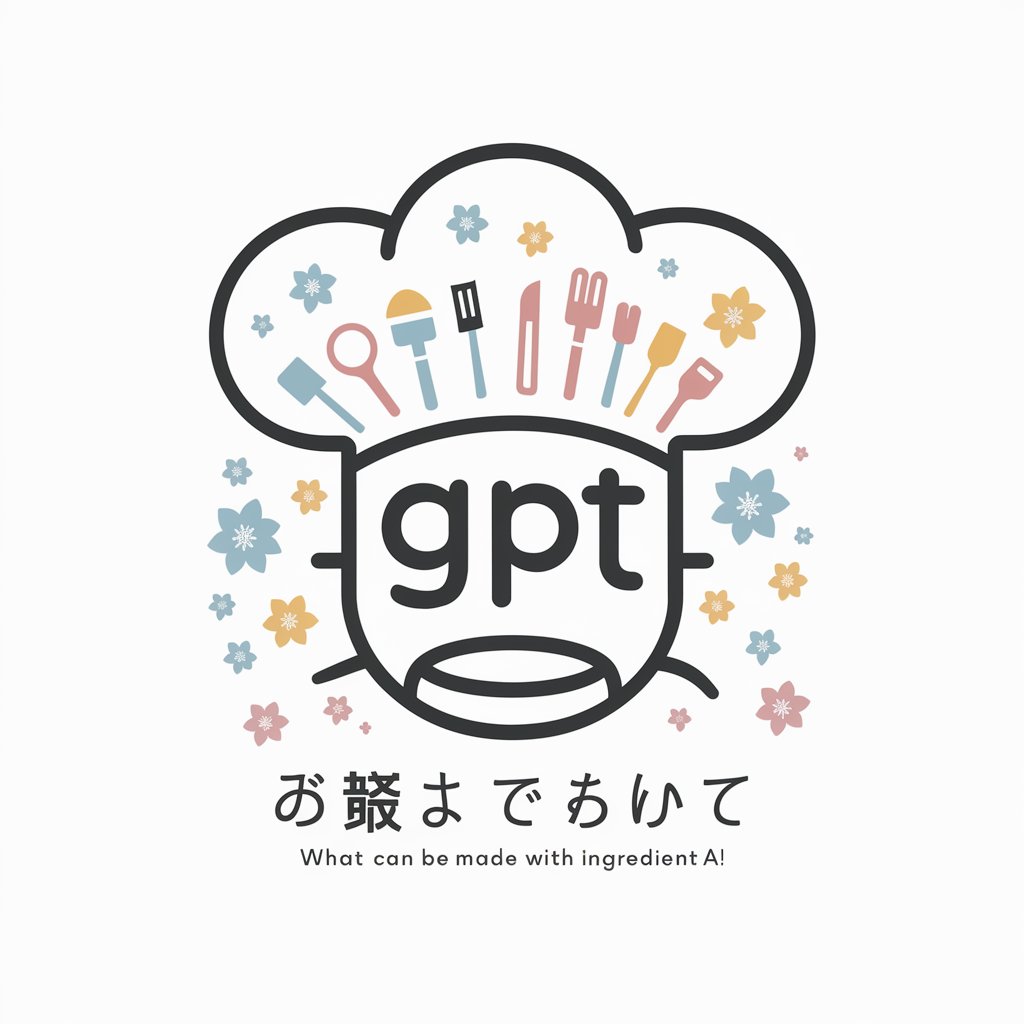
OrientalMedicine東洋醫學동양의학東洋医学とうよういがく
Empowering Healing with AI Insight

C#学習専門のGPTプログラム
Master C# with Tailored AI Guidance

AI盛岡の人
Empower Your Decisions with AI

Movie Title
Discover Films with AI

Emptymind Q&A
What is Emptymind?
Emptymind is an AI-powered tool designed to assist individuals in understanding and navigating their daily life challenges, by offering a space for reflection and self-inquiry.
How does Emptymind differ from traditional therapy?
While not a replacement for professional therapy, Emptymind offers a complementary approach focusing on self-guided exploration and insight into one's thoughts and beliefs, leveraging AI to facilitate this process.
Can Emptymind help with decision making?
Yes, by guiding users through a process of questioning and reflection, Emptymind can help clarify thoughts and beliefs, assisting in making more informed decisions.
Is Emptymind suitable for all age groups?
Emptymind is designed for users who are capable of engaging in self-reflection and critical thinking. It may not be suitable for very young children.
How can I get the most out of using Emptymind?
Be open and honest in your interactions, use regularly for continuous insight, and apply the reflections and insights gained in your daily life for maximum benefit.
